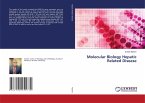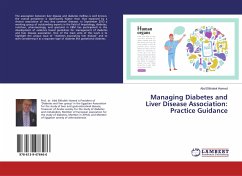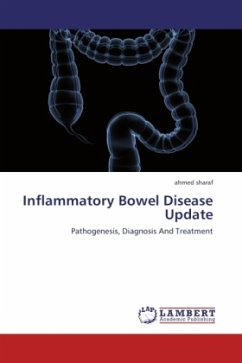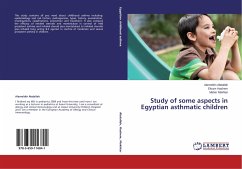Hepatic veno-occlusive disease HVOD was described as a non portal cirrhosis occurring frequently in children and occasionally in adults. The syndrome was described under different names in different areas of the world. The pathogenesis is obscure but most likely relates to venous endothelial injury. Recently hepatic veno-occlusive disease has been recognized as being due to the toxic effects of pyrrolizidine alkaloids or anti-neoplastic drugs or it may be familial. The clinical diagnosis may be quite accurate with acute onset ascites, hepatomegaly or right upper quadrant pain with or without jaundice. In Egypt it was shown clearly for the first time that hepatic vein occlusion should be considered in the diagnosis of Egyptian children presenting with hepatosplenomegaly. We discussed in this synopsis the old and new issues in the field of HVOD, regarding diagnosis, treatment and liver transplantation.








